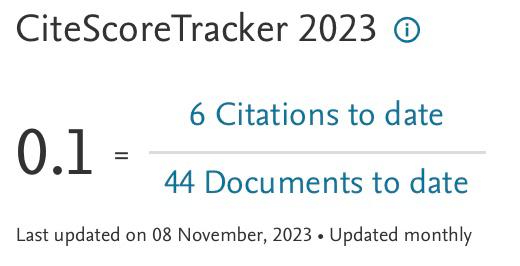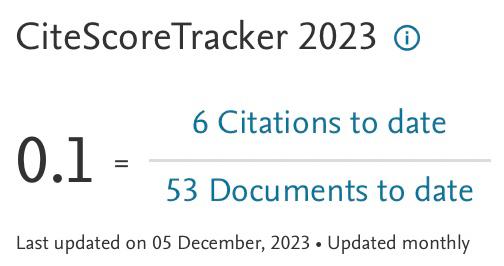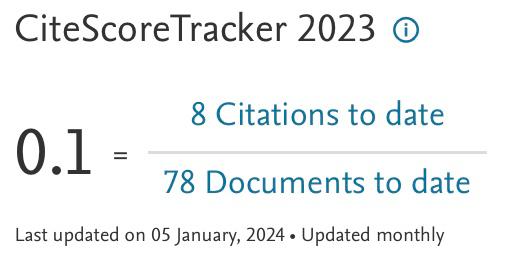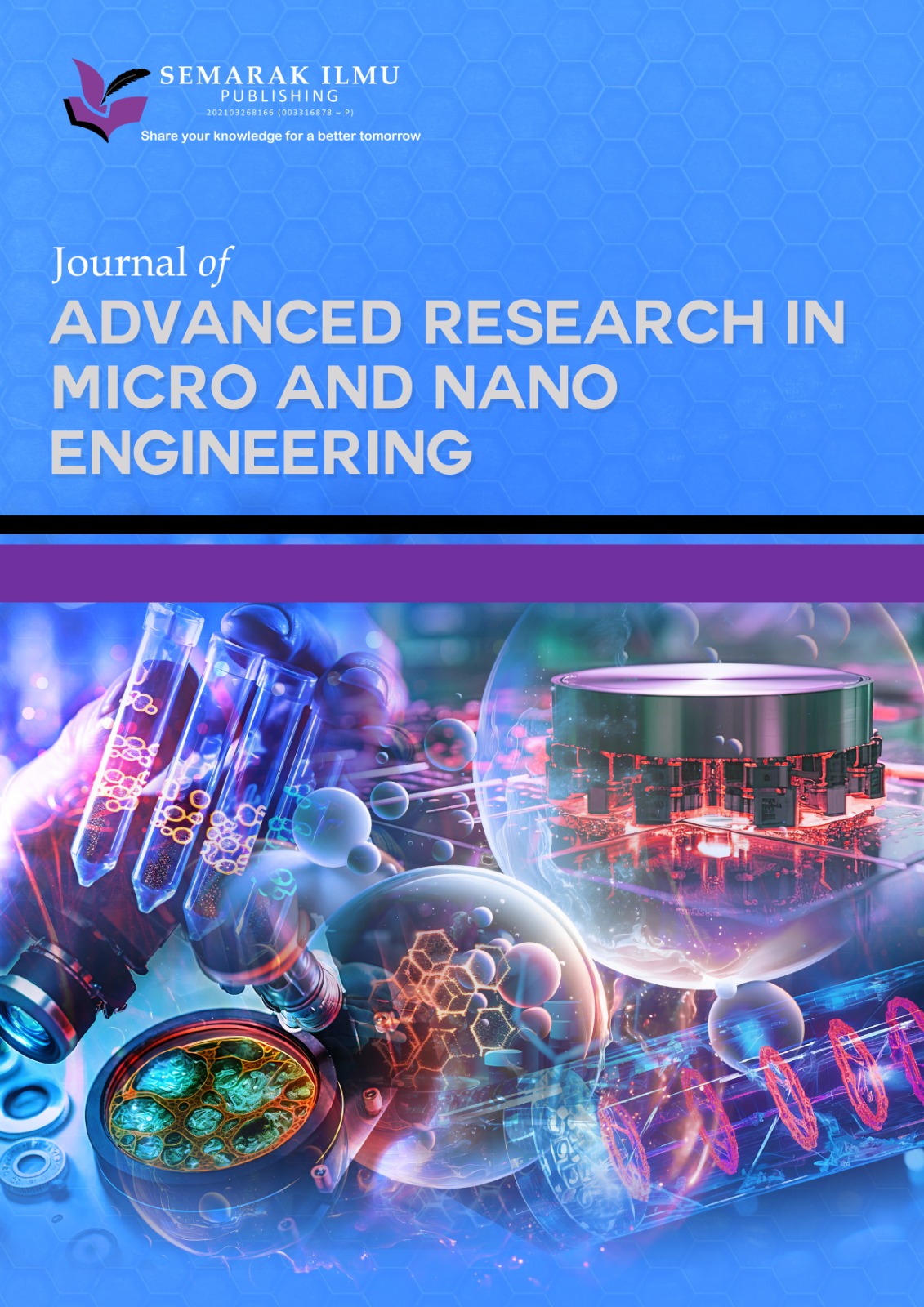Application of Abrasive Water Jet Cutting on Rubber Wood Plastic Composites
DOI:
https://doi.org/10.37934/aram.124.1.127140Keywords:
Abrasive waterjet cutting, Wood Plastic Composites, Kerf characteristics, Full factorial analysis, Surface roughnessAbstract
Wood-plastic composites (WPCs) possess a diverse arrange of advantageous characteristics resulting from the combination of wood and plastic. These include a prolonged lifespan, cost-effectiveness, and environmental friendliness. However, the net shape can only be roughly achieved by the extrusion method used to make WPCs. WPCs require additional machining to comply with the dimensional accuracy and assembly conditions. As a result, more research into the cutting process of this composite is needed. In this work, abrasive water jet cutting was used to cut WPCs manufactured from rubber wood flour and polypropylene (PP). The emphasis was on two distinctive architectures of 1-layered and 3-layered WPCs with a thickness of 10 mm. The effects of cutting factors including water pressure, traverse speed, and abrasive mass flow rate were taken into account. The study employed a full factorial analysis to investigate the correlation between cutting parameters and cutting performance, including kerf characteristics and machined surface roughness. The abrasive and water pressure in the experiment had a significant effect in cutting both materials. In some cutting conditions, without an abrasive, non-through cutting happens, particular for the 3-layered WPC structures, that are particularly strong. An increase in water pressure decreased machining surface roughness and kerf width. The cutting parameters of 350 MPa water pressure, 30 mm/s traverse speed, and 6.67 g/s abrasive flow rate were suggested for both the 1-layered and 3-layered WPCs structures. This procedure was considered suitable for post-cutting without requiring for surface finishing.






















